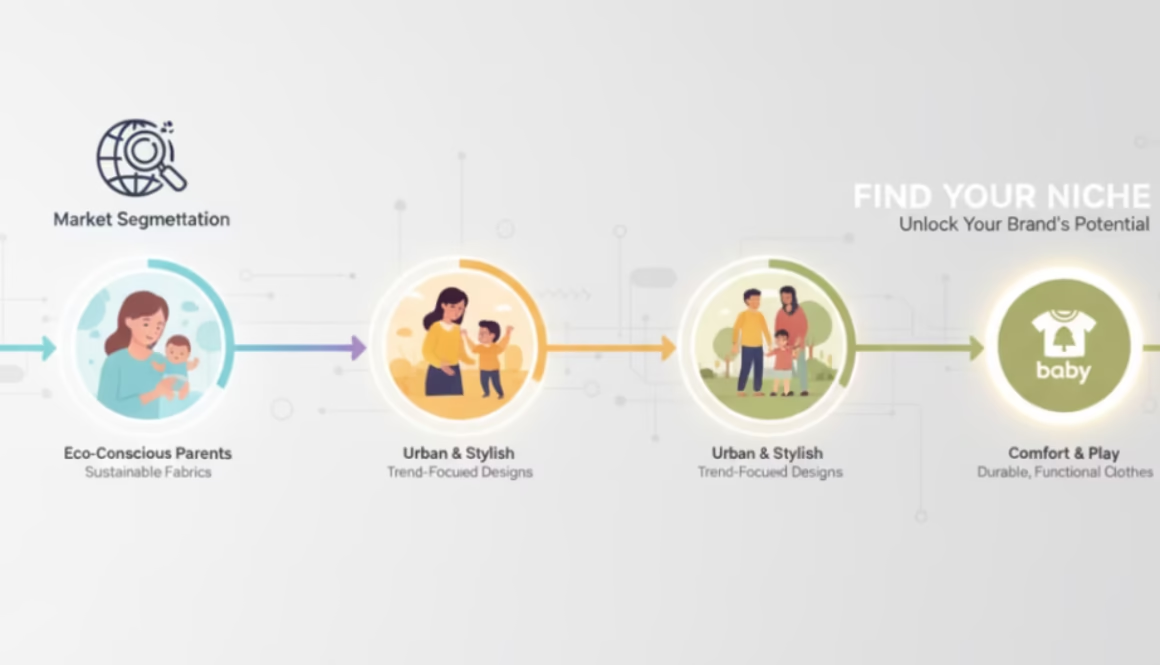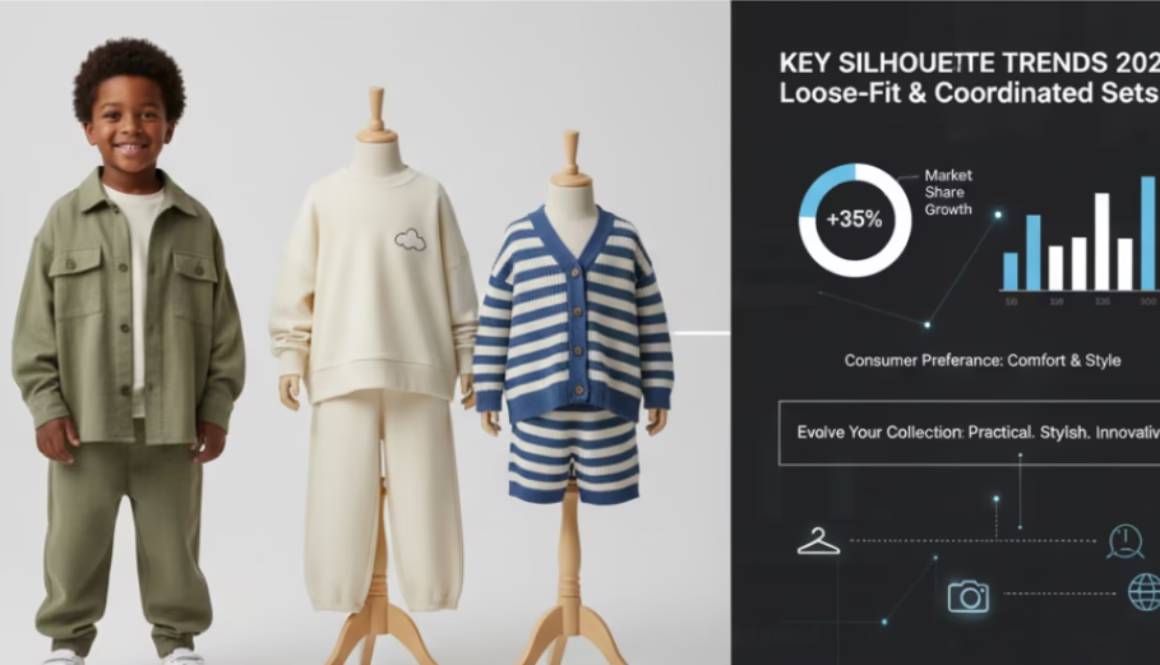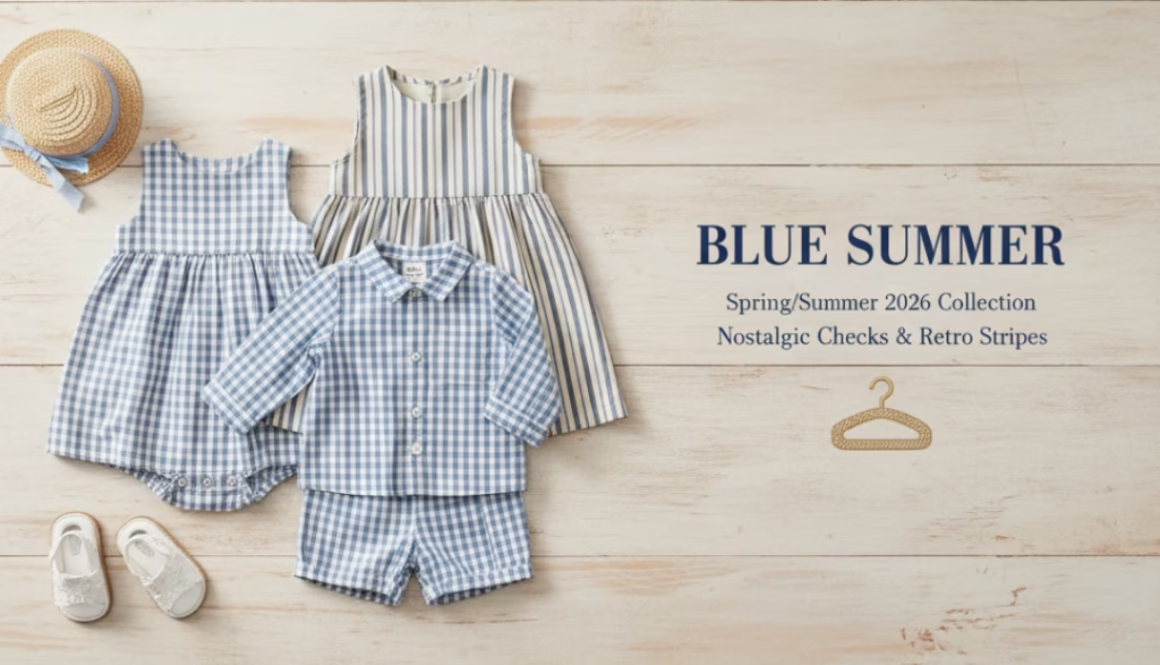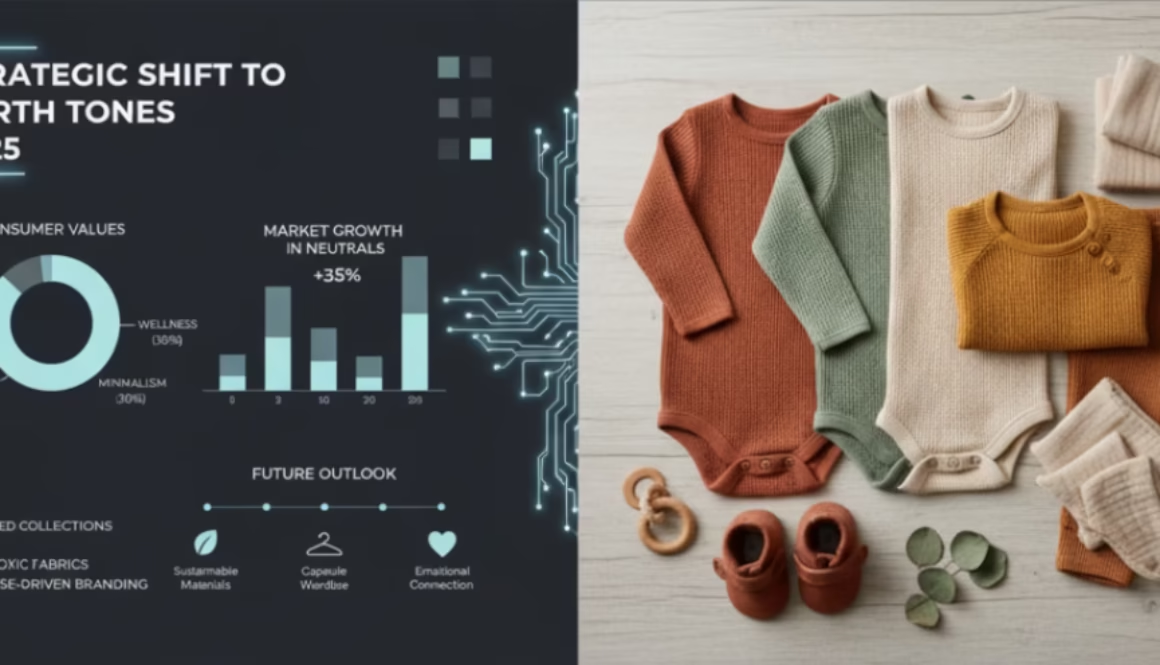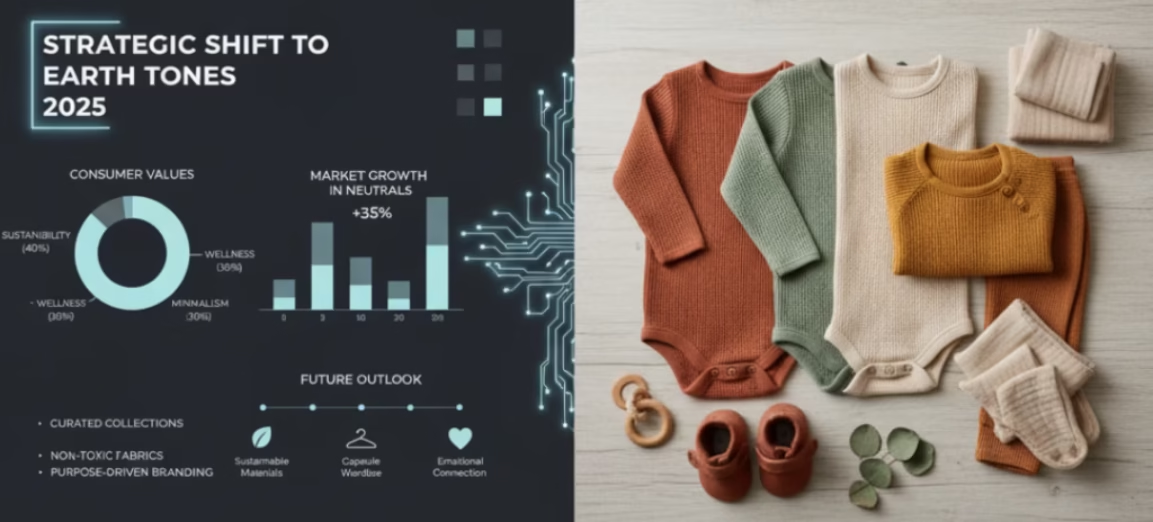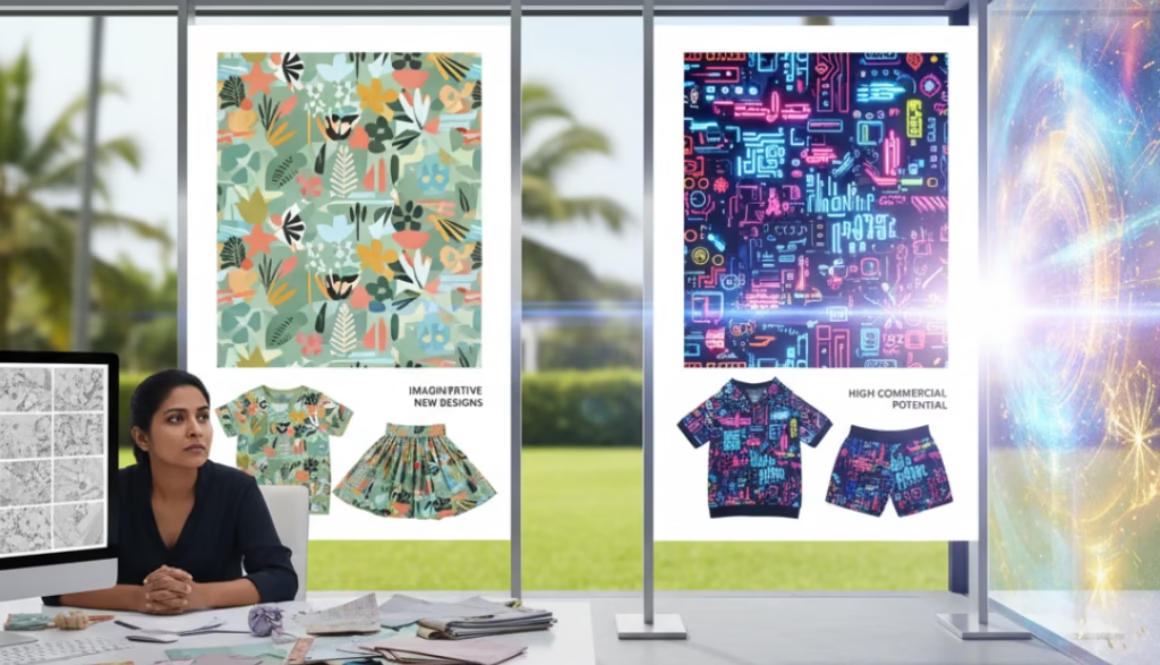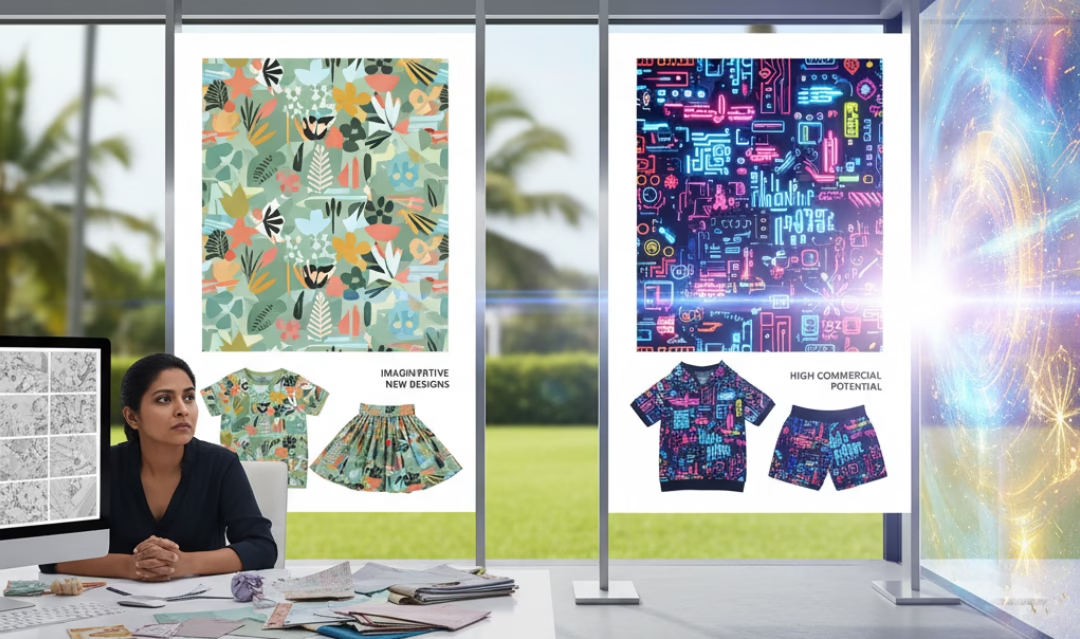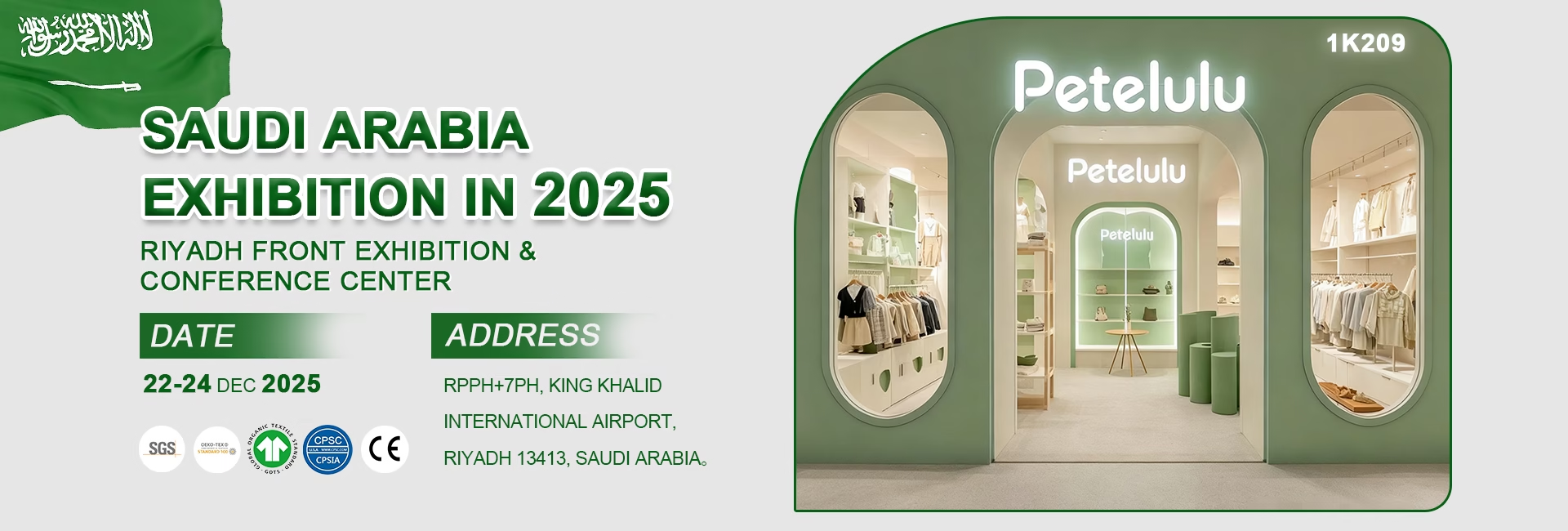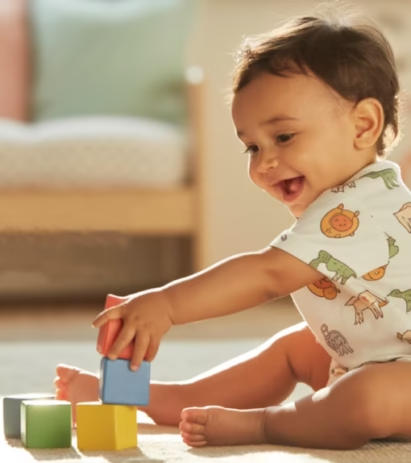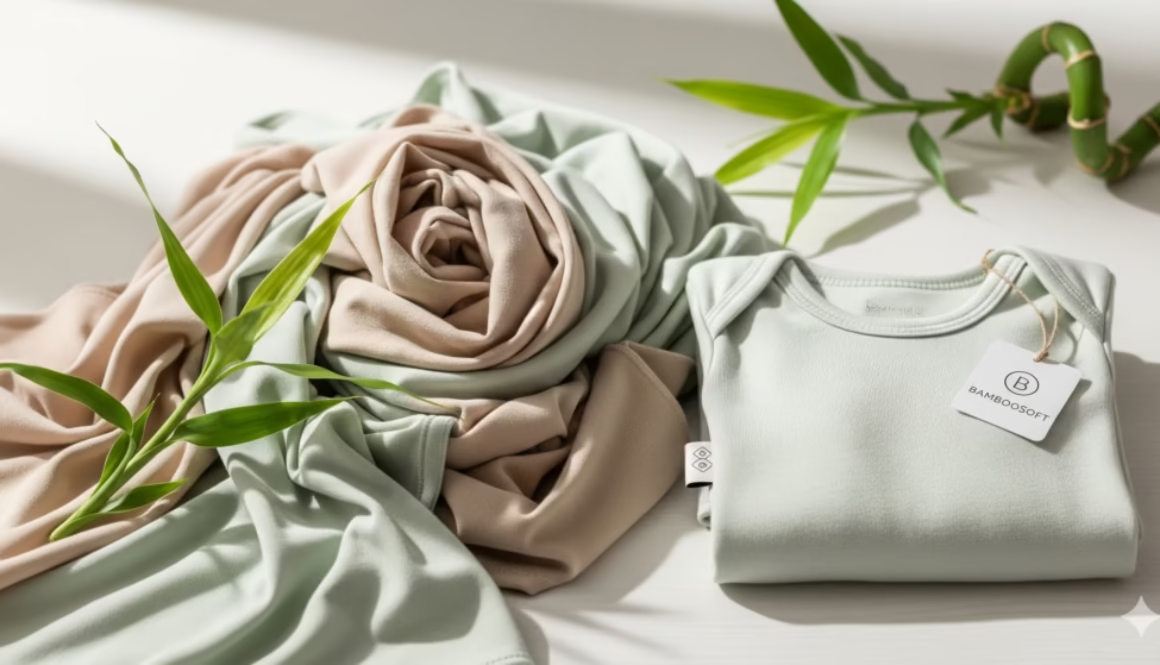How to Find Your First Customer Group Through Market Segmentation
How to Find Your First Customer Group Through Market Segmentation
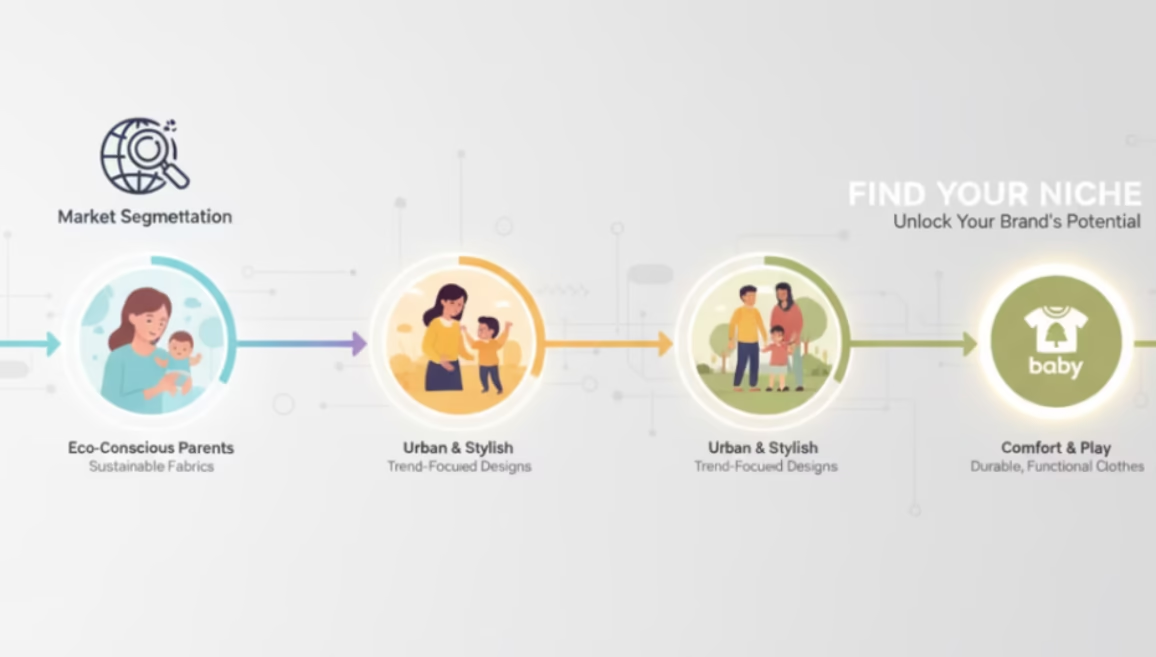
As a children’s apparel manufacturer, I have witnessed the birth of countless new brands. They come to us with passion and big dreams, but many of them make a crucial mistake: trying to be everything to everyone. When your brand tries to appeal to “all parents,” you often end up reaching no one at all. In a market as competitive as ours, feeling unsure about your brand positioning and how to attract consumers is a common pain point for every founder and designer. But I want to tell you that finding your first customer group and avoiding a saturated market has a core secret: market segmentation.
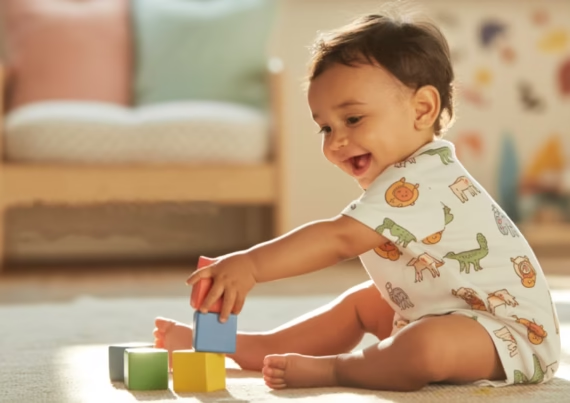
With 17 years of experience, petelulu provides a full range of
manufacturing services from design to delivery.
Start from scratch , Create your own brand.
17+
εξυπηρέτηση των 10 κορυφαίων αμερικανικών εμπορικών σημάτων
15+
εξυπηρετεί τις 10 κορυφαίες μάρκες της Αυστραλίας
12+
εξυπηρέτηση των 10 κορυφαίων ευρωπαϊκών εμπορικών σημάτων
Contact us to get the quote.👇
The Pain Point: The “One-Size-Fits-All” Trap
I frequently see brands, especially at the beginning, target a very broad group—”all children aged 3-6.” This “one-size-fits-all” approach seems safe, but it’s full of risk. When your brand positioning is vague, your message gets lost in a sea of similar products. Your baby clothing marketing becomes expensive and inefficient because you lack a clear, resonant brand story. Without a defined target customer, you can’t answer the most critical question: “Who are we, and for whom do we exist?”
The Solution: The Power of Market Segmentation
Market segmentation isn’t about shrinking your market; it’s about concentrating your energy on the group most likely to become your loyal customers. I break this process down into a few key steps that will help you precisely find your first customer group and build a successful baby clothing brand.
1. Find Your “Why” to Define Your “Who”
What problem does your brand exist to solve? Did you start because you couldn’t find clothes that met a specific need? For example, did you struggle to find comfortable, non-irritating clothing for your child’s sensitive skin? Or maybe you want to provide unique, stylish designs for families who value simplicity and sustainability? Your “why” will directly lead you to your target customer, the “who.”
2. Dig Deep: Create Your Customer Persona
Just knowing a customer’s age and gender isn’t enough. You need to dig deep into their lifestyle, values, and behaviors. This is where psychographic and behavioral segmentation become vital.
-
Demographics: Understand your target customer’s age, income, and location.
-
Psychographics: Understand their lifestyle, interests, and values. Are they “eco-conscious millennial parents”? Or “social media moms who love to share their children’s stylish outfits”?
-
Behavioral: Understand their shopping habits. Do they prioritize price or are they willing to pay for a great brand story and design? What channels do they shop on?
3. Focus on a Niche to Build Your Advantage
A successful baby clothing brand doesn’t serve everyone; it serves a small group of people perfectly. A brand that specializes in custom clothing for premature babies has far more value and uniqueness than a brand that targets all newborns. A brand that designs exclusively “gender-neutral” clothing can establish its leadership in a clear niche.


With 17 years of experience, petelulu provides a full range of
manufacturing services from design to delivery.
Start from scratch , Create your own brand.
17+
εξυπηρέτηση των 10 κορυφαίων αμερικανικών εμπορικών σημάτων
15+
εξυπηρετεί τις 10 κορυφαίες μάρκες της Αυστραλίας
12+
εξυπηρέτηση των 10 κορυφαίων ευρωπαϊκών εμπορικών σημάτων
Contact us to get the quote.👇
| Strategy Comparison | “Mass Market” Strategy | “Segmented Market” Strategy |
|---|---|---|
| Product Positioning | Generic, basic products for general needs. | Specialized, unique products solving specific pain points. |
| Pricing Strategy | Price-sensitive, competes with mass-market brands. | Allows for a premium, customers value product over price. |
| Marketing Efficiency | Broad ad reach, low conversion, high cost. | Precise targeting, high conversion, high ROI. |
| Brand Loyalty | Customers are fickle, no strong emotional connection. | High customer retention, brand advocates. |
How We, as a Manufacturer, Can Help You
Once you understand your target customer, the rest of the work becomes clear and efficient. As your manufacturing partner, I can help you translate the needs of this niche market into tangible products. If your customer values sustainability, we can provide certified organic cotton or bamboo fabric. If your customer values unique design, we can provide specialized printing and unique cutting processes. We focus on production, and you can focus on building an emotional connection with your customer base.
I want to emphasize that our company has been deeply rooted in this industry for 17 years, serving and assisting over 180 clients in achieving success in their target markets. We have accumulated extensive insights into the most popular children’s clothing trends across numerous countries and regions. Our goal is to help every client we partner with achieve success and build long-term, sustainable relationships with us. Whether you are a new startup or have already established your own baby clothing brand, we welcome you to get in touch. We will provide you with the latest and most fashionable insights on garment manufacturing processes, fabrics, and children’s wear design, ensuring your products stand out in the market.
As one digital marketing report states, “Successful brand marketing is no longer about reach, it’s about relevance. It’s about delivering the most valuable message to the person most likely to buy,” [Source: eMarketer Digital Marketing Trends Report]. This quote perfectly sums up the essence of market segmentation.
Frequently Asked Questions (FAQ)
Q: How do I start my market segmentation?
A: Begin with your own brand story and values. Ask yourself, why did you start this brand? What are you passionate about? Then, use social media, customer surveys, and market research to validate your assumptions.
Q: If I find a niche, won’t my market be too small?
A: On the contrary. A focused niche means you become the leader in that space. Your customers will choose you because of your uniqueness, not just your price. As your brand builds a reputation in this small market, it will be much easier to expand to a larger one.
Q: Will market segmentation increase my costs?
A: In the short term, you may need to invest in more market research. But in the long term, it will significantly reduce your baby clothing marketing costs, because your advertising will be more precise, your customer conversion rates will be higher, and it will ultimately lead to a much higher ROI.
Conclusion
In the seemingly saturated children’s apparel market, success is not out of reach. The key is to find your place and provide a product that a small group of people truly needs. Through market segmentation, you will no longer be an unknown follower, but a leader with a clear brand positioning and a loyal customer base. Remember, a strong baby clothing brand is built on a deep understanding of its customer.
About the author
Xhiney, founder of Petelulu, brings over 20 years of experience in children’s wear design, production, and international trade. A contributor to Children’s Wear and Junior magazines, Xhiney has spent 17 years working with high-end children’s wear brands in Europe and the U.S., offering expert insights and support.
